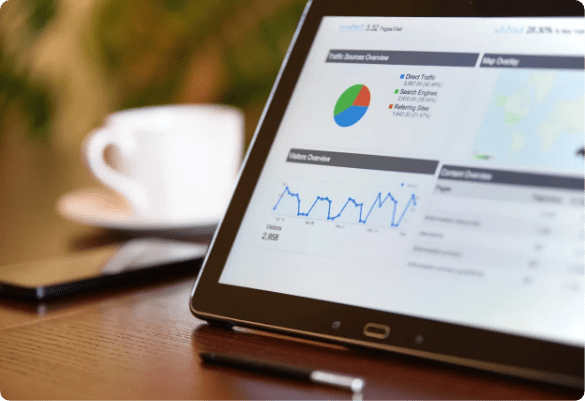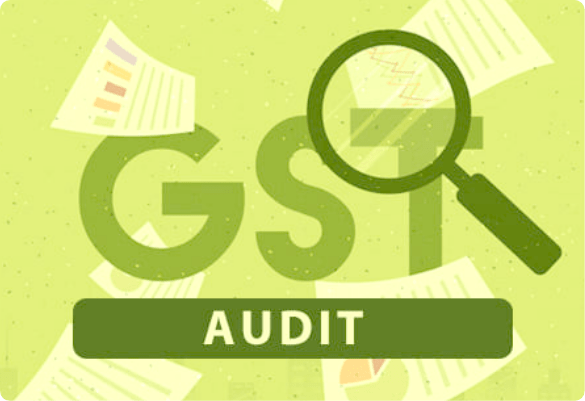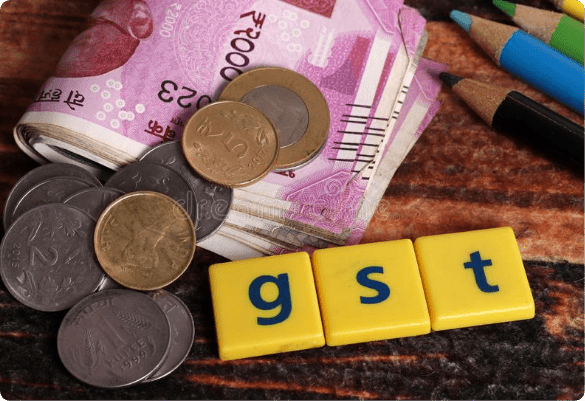Capital Goods are an integral part of the business and every business uses Capital Goods at some point in time.
Capital Goods incur high costs in purchase and hence the GST paid on them is also high. Hence, it becomes essential to understand the process to claim Input Tax Credit in these goods.
In this comprehensive article, we will be discussing the exact definition of ‘Capital Goods’ and what are the provisions under the GST laws to claim GST Input Tax Credit on the purchases of Capital Goods.
Stick till the end of the article to understand the complete process so that you do not miss out on any eligible Input Tax Credit under GST.
Understanding ‘Capital Goods’ under GST
Section 2 subsection 19 of the CGST Act of 2017 defines ‘Capital Goods’ as ‘the goods whose value is capitalized in the books of accounts. These Capital Goods are to be used for business purposes only.
Under the GST regime, the capital assets or goods are treated differently as compared to the consumption or ordinary goods.
Capital goods can be anything like Vehicles, Buildings, machineries, etc. provided that these goods are further used for business purposes.
All such goods which are capitalized in the books of accounts are eligible for ITC claims.
NOTE: ‘SERVICES’ are NOT included and NO ITC claim shall be allowed on the purchase of the same.
Example of a Capital Good
Let us explain the concept with an easy to understand example:
A businessman buys ‘Textile machinery’ for his textile manufacturing business.
Cost of the Textile machinery = ₹ 14,00,000
GST paid on this machine is 18% = ₹2,52,000
Total cost of the machine = ₹ 16,52,000
If this Textile Manufacturing Business capitalizes the taxable value of this machinery to its Balance Sheet, this ‘Textile Machinery’ will be considered as a ‘Capital Good’.
However, if this business decides to add this machinery purchase details to the Profit and Loss Account, then this machinery will NOT be treated as a CAPITAL GOOD. This machinery will now be classified into ‘Input Goods’ category.
Let’s look at one more example:
This Textile Manufacturing business buys a CRM or Software which costs ₹ 2, 00,000 & pays 28% GST on it.
Will this software be considered as a ‘Capital Good’?
Schedule 2 of the CGST Act, classifies software under the category of the ‘Input Services’.
Hence, this software will NOT be classified as the Capital Good even if the business has capitalized the purchase amount in the books of accounts. Input Tax Credit will NOT be allowed on this SOFTWARE.
How to claim ITC on Capital Goods?
Let us understand the complete process to claim ITC on Capital Goods with an easy example:
A business ‘Anjali Traders’ buys 20 laptops for its office use. The total cost of this purchase is worth ₹ 6, 00,000.
This purchase was done in June 2022
GST paid on this purchase is 28% = ₹ 1, 68,000
Total cost of this purchase = ₹ 7, 68,000
‘Anjali Traders’ adds this transaction to its books of accounts & capitalizes it. These laptops will be used for business purposes.
Hence, these laptops are classified as ‘Capital Goods’.
Eligible ITC on this purchase is ₹ 1, 68,000
Now can ‘Anjali Traders’ claim Input Tax Credit for this purchase in the month of June 2022 or should it be done proportionately?
Explanation:
Anjali Traders can IMMEDIATELY claim the Input Tax Credit for this transaction in the month of June 2022.
Important eligibility conditions:
- The registered business CAN NOT SELL these Capital Goods.
- The registered business CAN NOT Remove/Discard these capital goods for 5 Years (20 quarters) from the date of issuance of the invoice.
In case if Anjali Traders wishes to sell these laptops after using them for less than FIVE years, then what will be the procedure?
Now as mentioned in the eligibility section, Capital Good should be used for 5 years or 20 quarters before selling them.
However, if a business tries to sell the capital goods before the time limit, then there are certain ways to handle such situations:
As per Section 18 (6) of the CGST Act of 2017 there are two major ways to do so:
Option 1:
Anjali Traders sells the laptops after 2 year use for ₹ 4, 00,000
GST Collected (28%) = ₹ 1,12,000
Anjali traders shall now pay the entire amount of GST collected on this transaction to the government in the next GST return.
It will be payable as an outward tax liability.
GST paid to the government = ₹ 1, 12,000
Option 2:
Let’s say that Anjali Traders uses these laptops for 5 complete years (20 quarters) & then decide to sell them.
In this case, the business can avail of 100% ITC on the sale of these laptops.
But, if the business decides to sell the laptops after TWO years (Eight quarters) usage then the rule is as follows:
To simplify,
100% ITC is allowed for using the Capital Goods for 20 quarters. This means for each quarter 5% ITC is allowed.
Business uses the laptops for TWO years (Eight quarters);
Then accordingly,
The eligible ITC allowed on the sale of these laptops will be 8 * 5% = 40%
So, the balance 60% of the GST amount collected on the sale of these laptops shall be payable to the Government as an outward tax liability.
While buying the laptops, ITC availed by ‘Anjali Traders’ is ₹ 1, 68,000
Hence, on selling the laptops after TWO years, the total outward liability to the government will be,
1, 68,000 * 60% = ₹ 1, 00,800
Hence,
Outward tax liability = ₹ 1,00,800
Whichever amount is HIGHER between Option 1 & Option 2 has to be paid to the government as an outward tax liability.
ITC claims are easier with automated solutions
Claiming 100% Input Tax Credit can be a tricky business when there are multiple GST registrations under a single PAN.
Hence, businesses are advised to use automated ITC reconciliation platforms like KYSS.
The automated GST filing solutions like KYSS allows you to:
- Hassle-free GST return filing.
- Automated reconciliations to identify errors and file 100% accurate GST returns.
- Claim 100% eligible GST Input Tax Credit and stay away from the ineligible ITC under GST.
- Identify the defaulting GST suppliers by uploading supplier data in bulk.
- Generates a comprehensive report and sends them to the concerned stakeholders.
- Automated notifications to the identified GST defaulting supplier.
- Authentic GST data – directly fetched from the GSTN portal.
- Frequent follow-ups – The automated tracker works on data-driven insights. Hence, for a non-responsive supplier, regular follow-ups will be scheduled.
In this comprehensive article, we have tried to incorporate most of the prominent facets of claiming GST Input Tax Credit on Capital Goods. ITC under GST is an important component of GST structure, and businesses need to be extra careful while availing their eligible ITC.
Claiming ineligible ITC under GST can put your business under the GST department’s radar and lead to GST registration suspension.
Businesses are advised to use automatic reconciliation tool like KYSS to avoid clerical error and claim 100% of their eligible ITC.
In the upcoming article, we will help the readers understand all the Input Tax Credit components in detail.






